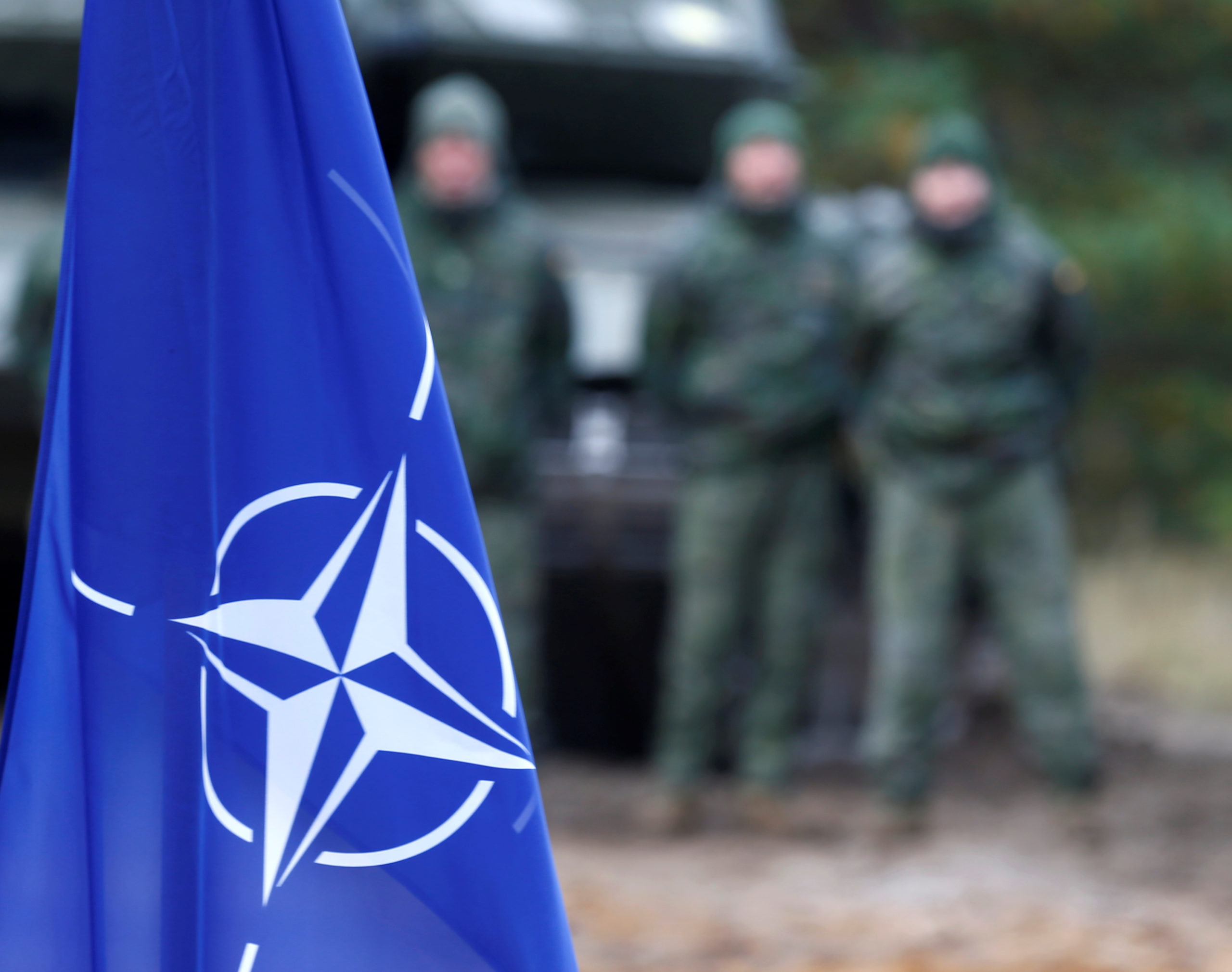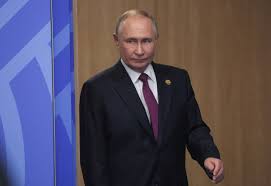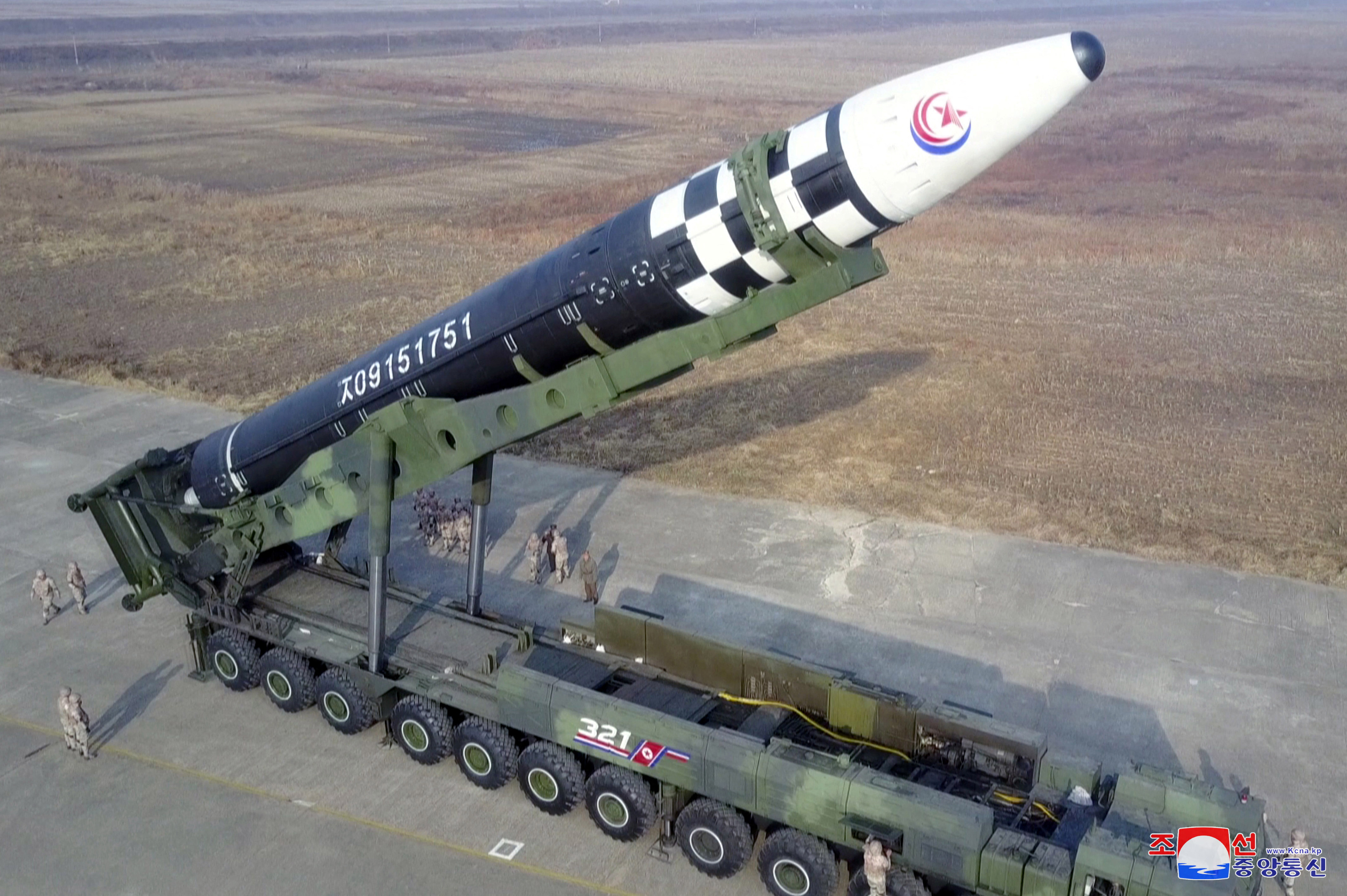In an escalating display of military might, Russian President Vladimir Putin has launched extensive nuclear force drills, simulating a large-scale retaliatory strike. Against a backdrop of rising tension between Russia and the West over the ongoing conflict in Ukraine, the exercise is designed to demonstrate Russia’s readiness and capability to defend itself. The drills, overseen by Putin via a video call with top military officials, underline the country’s nuclear posture and its approach to handling perceived threats from adversaries.

What Russia’s Nuclear Drill Entails
During the exercises, Russia conducted test launches of various nuclear-capable ballistic and cruise missiles. Defense Minister Andrei Belousov explained that the goal was to simulate a “massive nuclear strike” in response to a hypothetical enemy assault. From the Yars intercontinental ballistic missile (ICBM) fired from Plesetsk to missiles launched from the Novomoskovsk and Knyaz Oleg nuclear submarines, Russia’s nuclear forces practiced comprehensive offensive maneuvers. Strategic Tu-95 bombers also took part, launching long-range cruise missiles aimed at targets across designated ranges. According to the Defense Ministry, all missiles successfully reached their targets.
These drills reflect Russia’s commitment to maintaining a high level of operational readiness in its nuclear forces, signaling not only to domestic audiences but also to international stakeholders the depth of Russia’s military capabilities.
Why Russia Continues to Conduct Nuclear Drills
Putin’s ongoing nuclear exercises are rooted in his goal of deterring the West from increasing its support for Ukraine. Russia’s nuclear arsenal, which he refers to as the “reliable guarantor” of the country’s sovereignty, is central to his strategy. Amid “growing geopolitical tensions,” Putin sees these drills as essential, underscoring that nuclear weapons serve as Russia’s ultimate safeguard.
Putin’s remarks emphasize the importance of modernizing Russia’s nuclear forces, suggesting enhancements that include improved missile precision, faster launch times, and capabilities that could outmaneuver enemy missile defenses. The exercises send a message to the West: Russia is committed to retaining a powerful nuclear deterrent, and any potential aggression could lead to dire consequences.
How This Nuclear Posture Affects Russia-West Relations
Russia’s nuclear drills reflect Putin’s broader stance on the Ukraine conflict and relations with NATO. Recently, he warned the U.S. and NATO allies that allowing Ukraine to deploy Western-supplied long-range weaponry for strikes deep into Russian territory could be perceived as an act of war. Such a warning brings new urgency to the geopolitical standoff and highlights the fragile nature of Russia-West relations.

A new nuclear doctrine articulated by Putin further sharpens this message. Under this doctrine, a conventional attack on Russia by a non-nuclear nation with nuclear-power support would be viewed as a collective threat, possibly meriting a nuclear response. This doctrine essentially expands the range of scenarios under which Russia might consider a nuclear response, adding an element of ambiguity that could deter Western nations from getting more deeply involved in the conflict.
Russia’s Strategic Ambiguity and Its Global Implications
Putin’s nuclear doctrine does more than just deter Western involvement in Ukraine—it also introduces ambiguity into Russia’s military policy, complicating strategic calculations for other nations. The doctrine suggests that even a massive air assault could trigger a nuclear response, leaving potential aggressors unsure of Russia’s exact red lines. This “strategic ambiguity” appears designed to instill caution among NATO and Western nations by making it less predictable when and why Russia might deploy its nuclear arsenal.
This approach follows a series of nuclear exercises Russia has conducted, including joint drills with Belarus, a key ally in the region. Earlier this year, Russia stationed tactical nuclear weapons within Belarus, further amplifying the nation’s regional reach. By continually demonstrating readiness with nuclear exercises, Putin keeps adversaries on high alert, reinforcing Russia’s stance that it will go to any length to protect its national interests.
What This Means for the Future of Russia’s Defense Strategy
These nuclear drills represent a significant component of Russia’s national security strategy, especially as it confronts economic and political pressures from Western sanctions and isolation. For Putin, projecting nuclear strength is not merely about warfare—it’s a tool of influence that communicates Russia’s resilience against pressure tactics. As geopolitical tensions persist, Russia’s nuclear drills could become a frequent display, aimed at bolstering its image as a global power with unmatched military resilience.
By investing heavily in missile modernization, Russia is clearly signaling that its nuclear capabilities are not merely for show but are part of a dynamic, continually evolving arsenal. The testing of advanced ICBMs and cruise missiles with shorter response times enhances Russia’s capacity to respond swiftly and effectively in a crisis, establishing its readiness for any escalation.
How the West Might Respond to Russia’s Nuclear Posturing
With Putin’s recent nuclear exercises, Western nations are faced with the challenge of balancing support for Ukraine with the risk of escalating nuclear tensions. For the U.S. and NATO, finding a diplomatic solution that curbs Russia’s military advances without pushing the conflict into nuclear escalation is crucial. While direct confrontation is undesirable, increased NATO military presence in Eastern Europe could be a plausible response, creating a defensive barrier to deter further Russian aggression.
Some experts suggest that Western nations may need to enhance their own strategic forces to counter Russia’s nuclear posturing. However, this approach could lead to a renewed arms race, reminiscent of Cold War-era dynamics. Alternatively, diplomatic channels could be pursued to establish mutual agreements on nuclear restraint, though Russia’s current stance makes such negotiations challenging.
Conclusion: The Role of Nuclear Drills in Russia’s Power Narrative
Russia’s nuclear exercises underscore the country’s commitment to showcasing its military might amid ongoing conflicts and international disputes. Through frequent displays of nuclear readiness, Putin seeks to remind the world that Russia is a power that demands respect and caution. With escalating stakes in the Ukraine conflict and Russia’s revised nuclear doctrine, the current drills are part of a larger strategy to secure Russia’s interests and affirm its status as a formidable global force.
As the world watches closely, Russia’s nuclear maneuvers serve as both a warning and a statement of defiance. The West, while cautious, will likely need to reassess its approach to nuclear deterrence and diplomacy, keeping a vigilant eye on Russia’s strategic moves. For Russia, these drills are more than a display of military might—they are a calculated message to the world, affirming its unyielding resolve in the face of global opposition.


